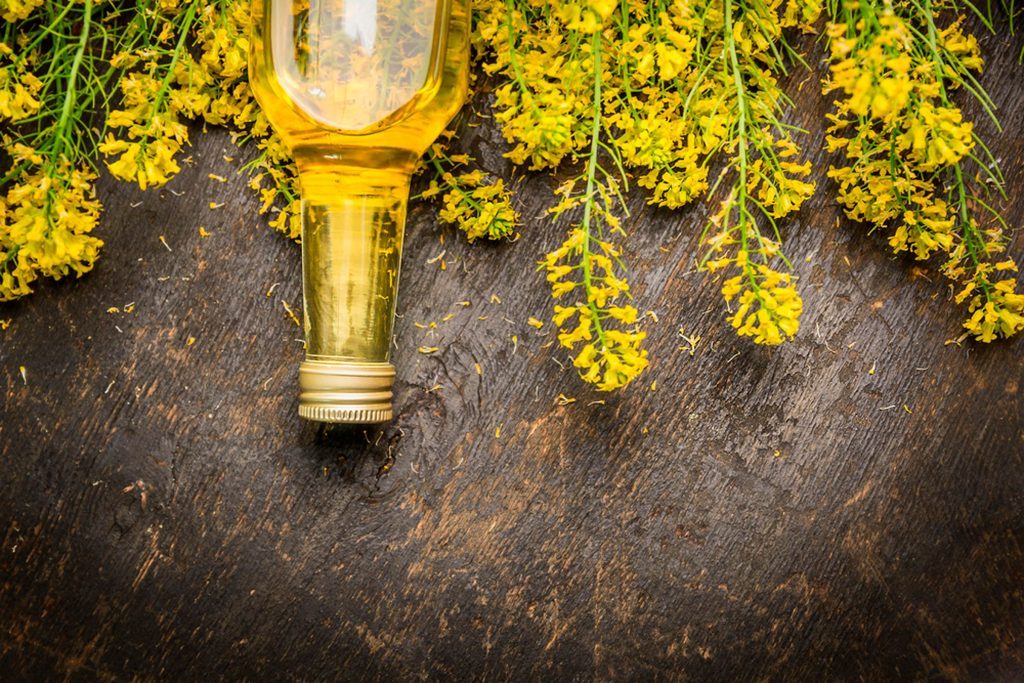
How well do you know your pantry? Without looking, you already have some idea of what’s in there, even if you can’t produce an exact count. It’s stocked with cans of soup, boxes of cereal and uncooked pasta, and basic cooking ingredients should you be called on to contribute to a last-minute bake sale.
Among those culinary staples should be cooking oil, which is found in practically every recipe that involves baking, frying, or sautéing. Now there isn’t one oil that can claim to be “the healthiest” because each is used in a different way (although extra virgin olive oil, a key part of the Mediterranean diet, has been linked to weight loss and longevity). For example, canola oil is often associated with deep fried foods, but it’s actually low in saturated fats like other healthy oils.
You know and love canola as the oil you use to make your favorite baked goods, and yet you don’t even know its real name. That’s because “canola” is actually an acronym.
What does it mean? First, the back story, verified by Snopes. Canola oil is a type of vegetable oil made from rapeseed, which belongs to the mustard seed family. Its unfortunate name comes from the Latin word “rapum” which means turnip. Rapeseed oil was a common cooking oil in Europe and parts of Asia centuries before canola oil came around. However, scientists eventually discovered cooking unrefined rapeseed oil at high temperatures was a risk for lung cancer because of the chemicals it could give off. It also contains a pretty high percentage of erucic acid, which is linked to heart lesions in lab animals.
To make it safer, Canadian scientists created a variation of rapeseed oil that replaced almost all of the erucic acid with a type of monounsaturated acid. By 1978, they created oil with less than 2 percent erucic acid and renamed it canola, which stood for Canada oil (“can” + “ola”). Other websites claim the word has a longer meaning: Canada (“can”) oil (“o”) low (“l”) acid (“a”). Convenient, it also distanced the product from its involuntary association with rape.
So every container that says Canola Oil is actually saying Canada Oil Oil. It’s just one of many everyday items you never knew was an acronym. Think about that the next time you go grocery shopping.

Comments
Post a Comment